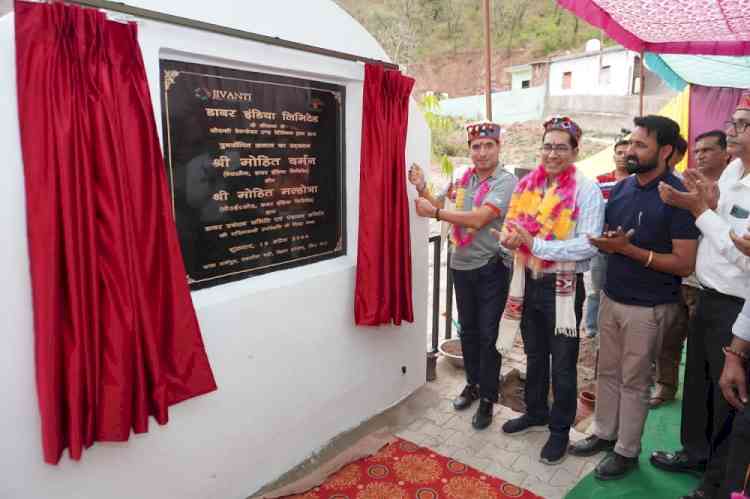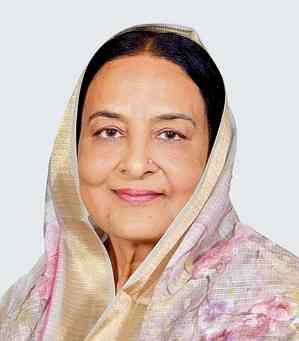Living organisms can be used as indicators for environmental contaminants: Experts
Author(s): City Air NewsChandigarh, November 20, 2018: The living organisms could be used as indicators for environmental contaminants, said Member Secretary, Chandigarh Pollution Control Board Mr. T.C. Nautiyal. He was speaking during...


Chandigarh, November 20, 2018: The living organisms could be used as indicators for environmental contaminants, said Member Secretary, Chandigarh Pollution Control Board Mr. T.C. Nautiyal. He was speaking during a three-day residential training programme on the “Biological Monitoring, Analysis and Quality Assurance” which commenced on Tuesday at Panjab University, Chandigarh.
Elaborating on the topic he said, “The use of living organisms as indicators can increase reliability and effectiveness of analytical control of environmental contaminants. Micro-organisms, protozoa, aquatic plants and animals may serve as biological indicators to measure the total toxicity in aquatic environment and can play a major role in programmes like ‘Namami Gange’ and in maintenance of local ponds and lakes such as Sukna lake.”
Amonst other speakers, Dr Ravindra Khaiwal, Additional Professor of Environmental Health, School of Public Heath, PGIMER, spoke about the state of the environment being of great concern due to its enormous impact on living organisms. He stressed that when designing a monitoring programme, biological method should also be considered along with other approaches to better understand the overall effect of contaminants on water bodies.
Dr. Suman Mor, Department of Environment Studies, Panjab University, stated that changes in freshwater system can produce diverse biological effects such as release of molasses in Punjab River resulted in mass mortality of fishes and other organisms. She further added that changes like these indicate that ecosystem and its associated organisms are under severe stress. Hence, the water from such ecosystem could affect the human health.
Prof. Prince Sharma, Department of Microbiology, Panjab University, highlighted the importance of drinking water monitoring to avoid fecal contamination as presence of these organism indicate water borne infection risk to human health.
Dr Yogesh Rawal, Department of Zoology, PU highlighted the role of biodiversity in water quality management.
Dr Naveen Gupta, Department of Microbiology, PU mentioned that dissolved oxygen is important for good water quality and necessary to support aquatic life. He mentioned that the lower levels of oxygen normally results in large fish kills as observed in the past in Dhanas lake. Prof. R. Jindal practically demonstrated the water quality of Sukhna with reference to planktonic diversity.
The training programme is financially supported by Central Pollution Control Board (CPCB), Delhi. Over 35 participants from various institutes, pollution control boards and health departments representing 11 states of India are attending the training programme.

 cityairnews
cityairnews 
















